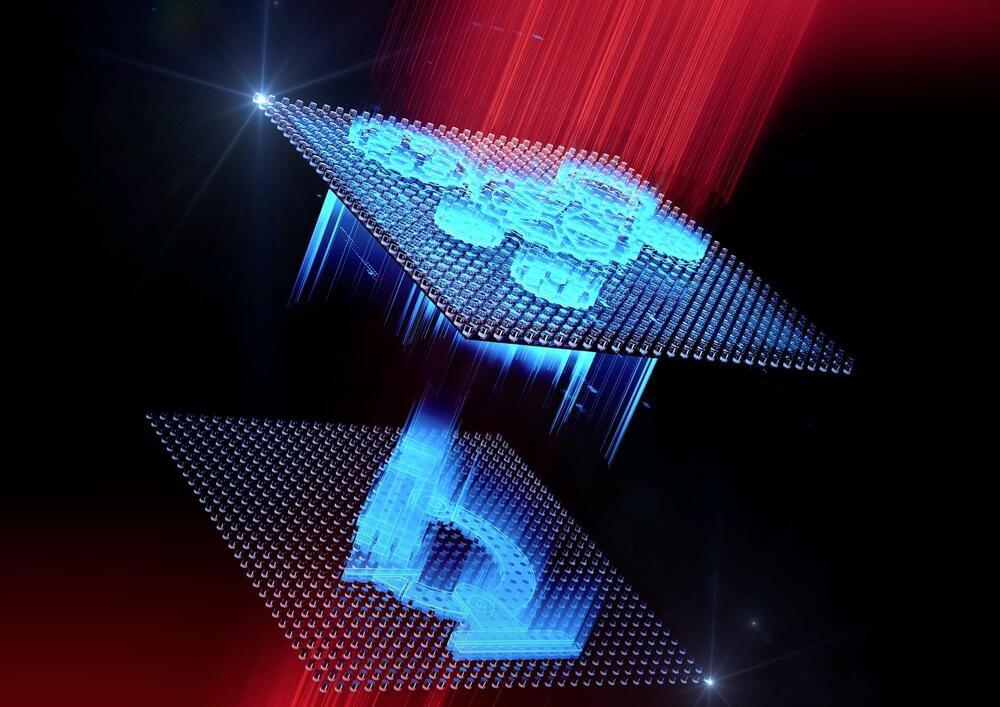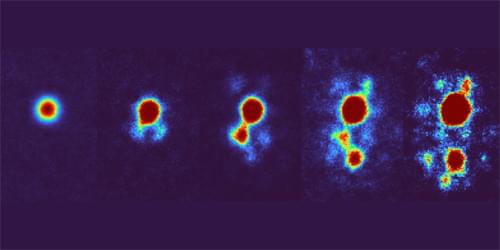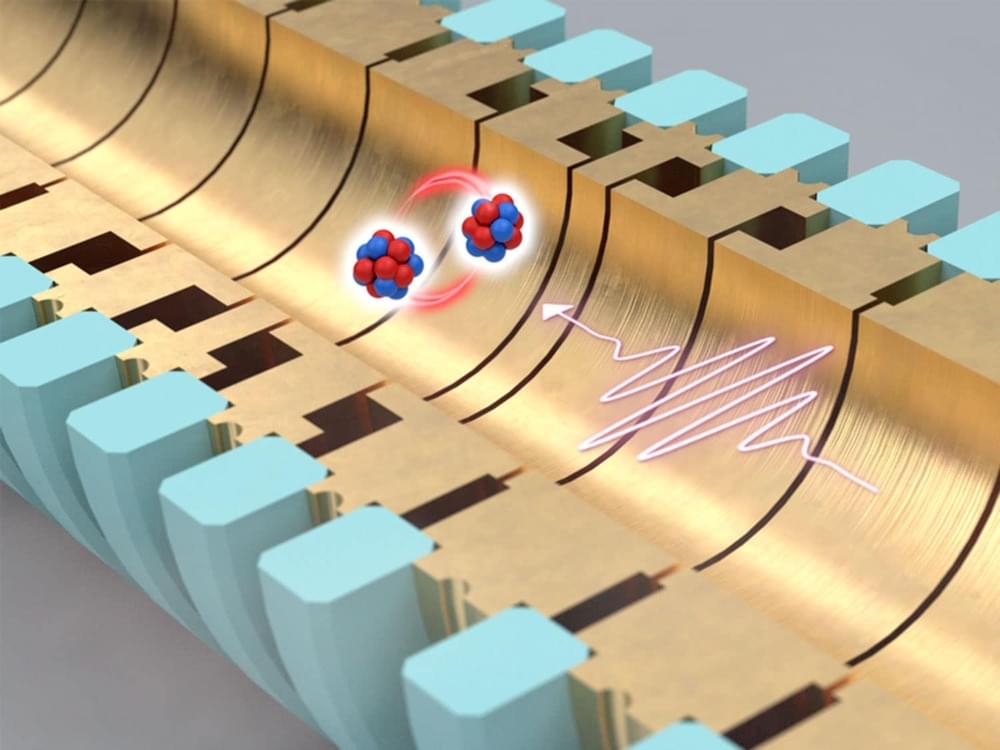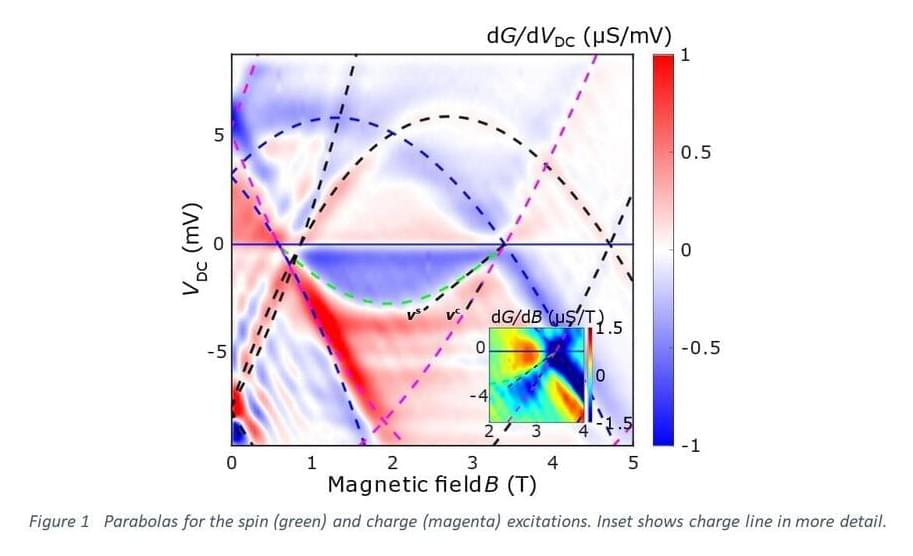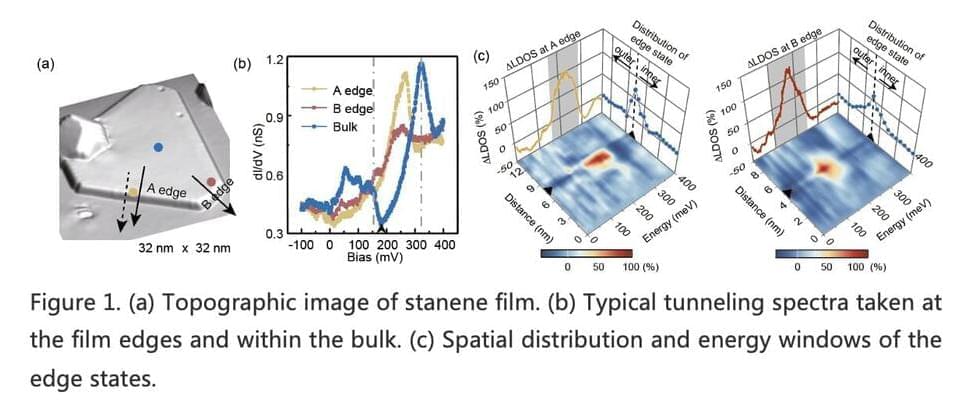Jun 21, 2022
Nanoparticles that control flow of light like road signs direct traffic
Posted by Brent Ellman in categories: internet, nanotechnology, particle physics
Developed in collaboration with colleagues from China, Germany and Singapore, the new technology uses nanoparticles, so small that about 12,000 of them can fit within a cross-section of a human hair. These tiny particles are arranged into unique patterns on the slides.
Physicists at The Australian National University (ANU) have developed tiny translucent slides capable of producing two very different images by manipulating the direction in which light travels through them.
As light passes through the slide, an image of Australia can be seen, but when you flip the slide and look again, an image of the Sydney Opera House is visible. The pair of images created is just one example of an untapped number of possibilities.
Continue reading “Nanoparticles that control flow of light like road signs direct traffic” »
